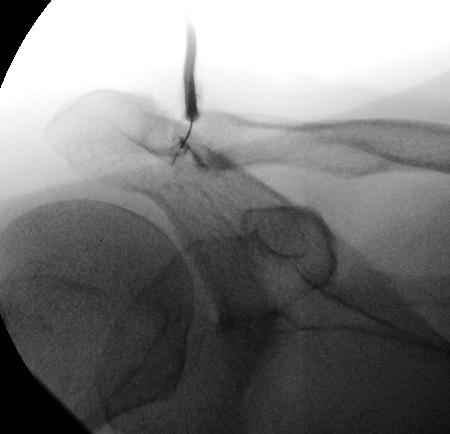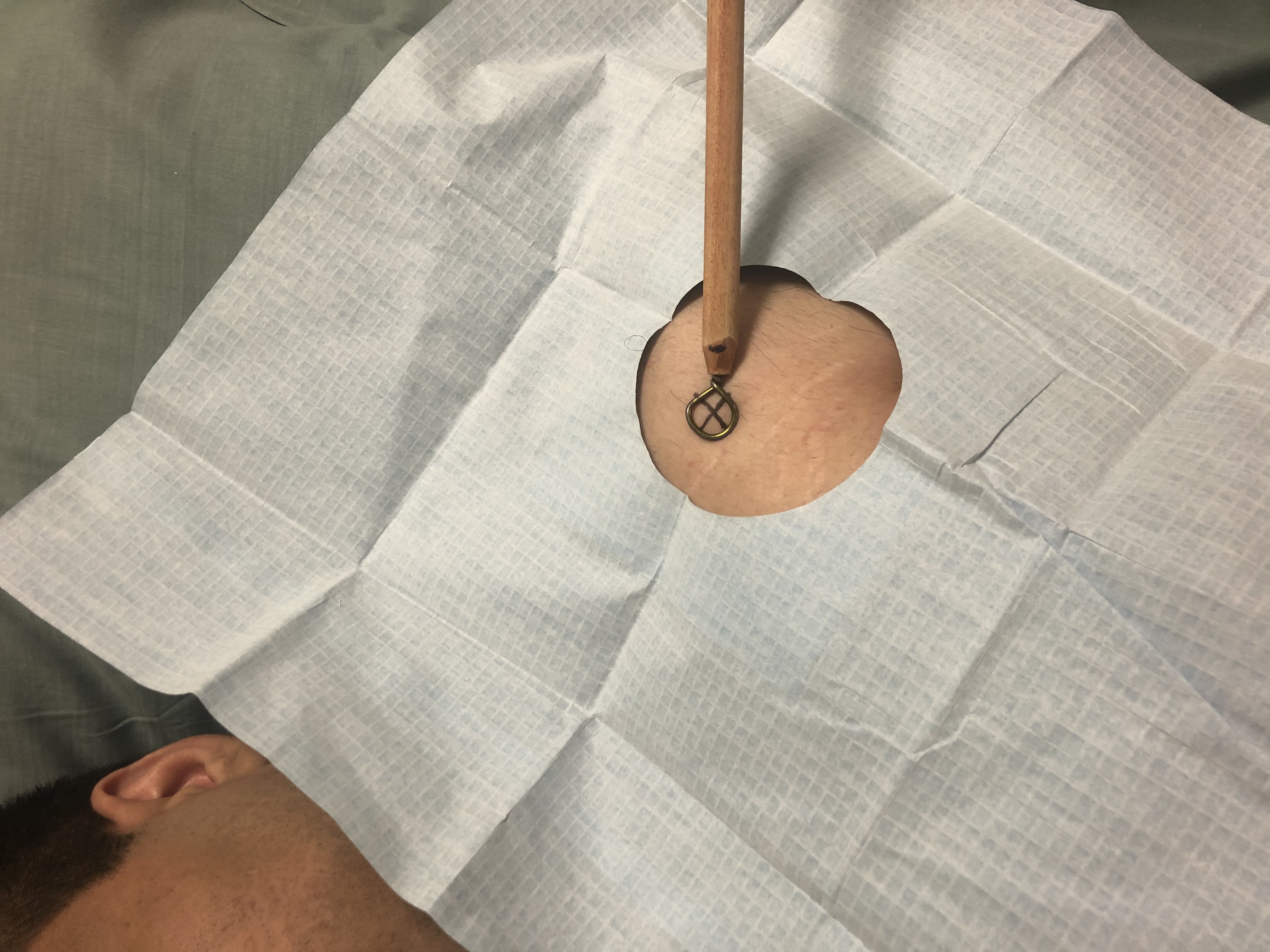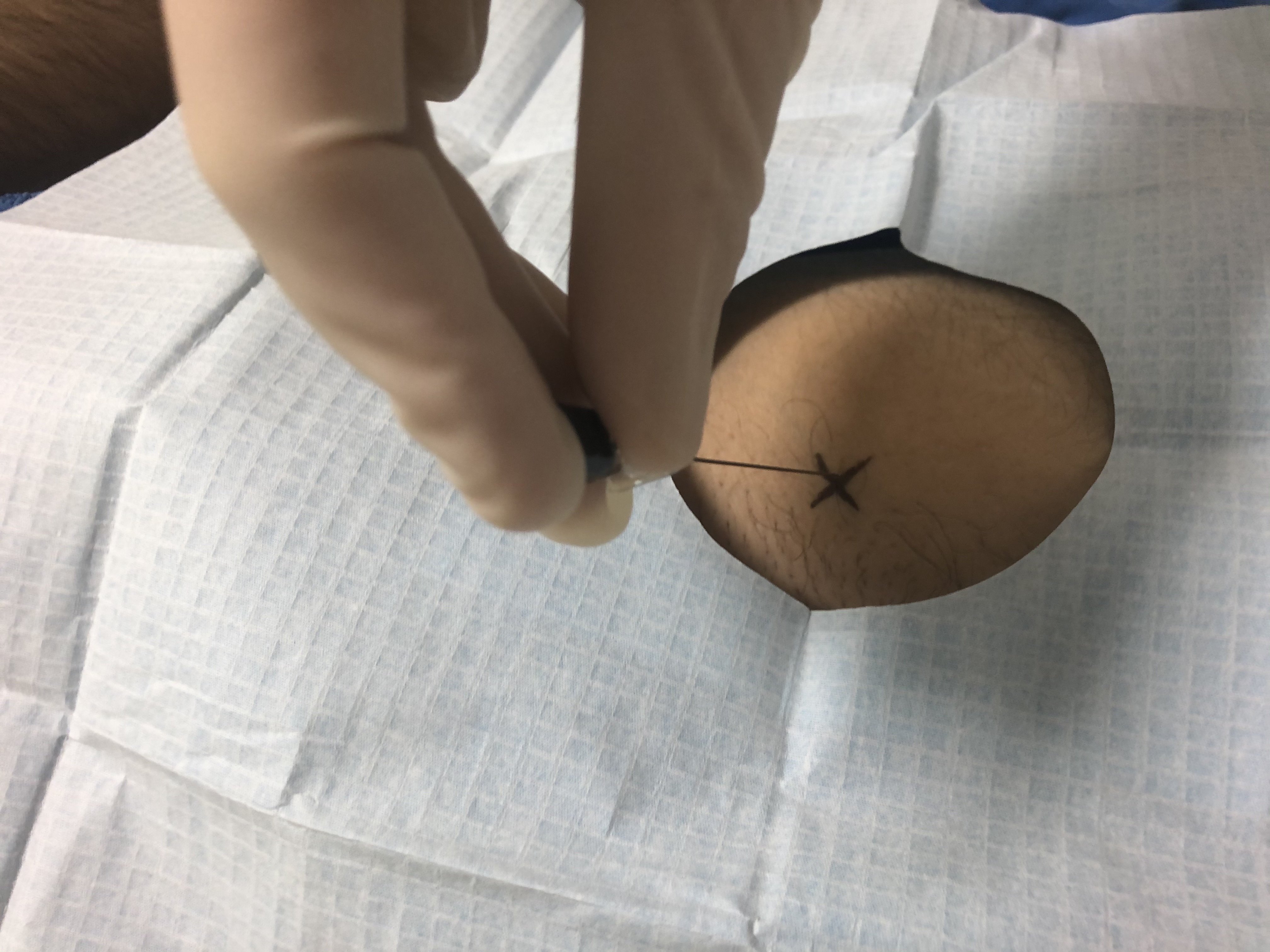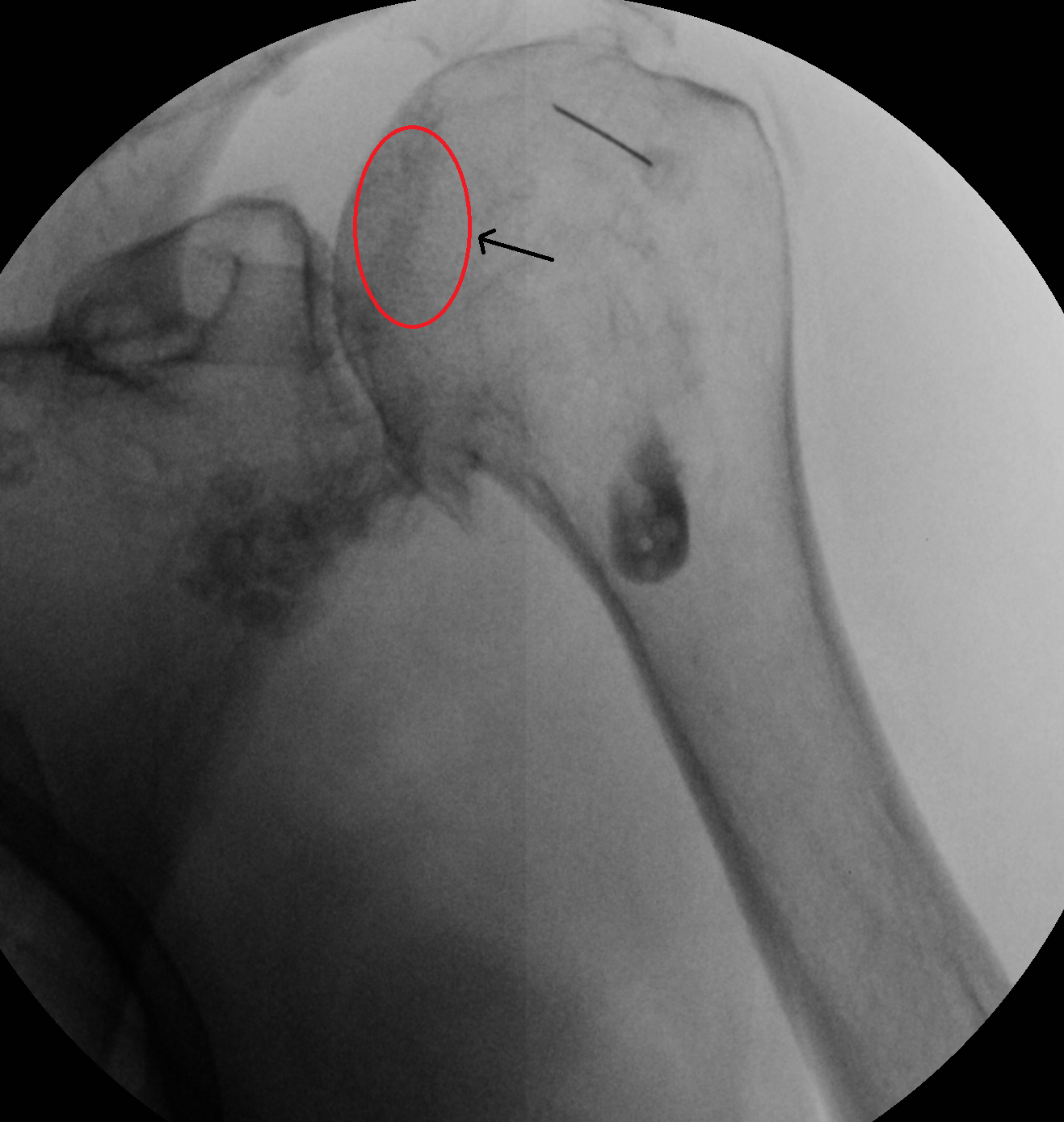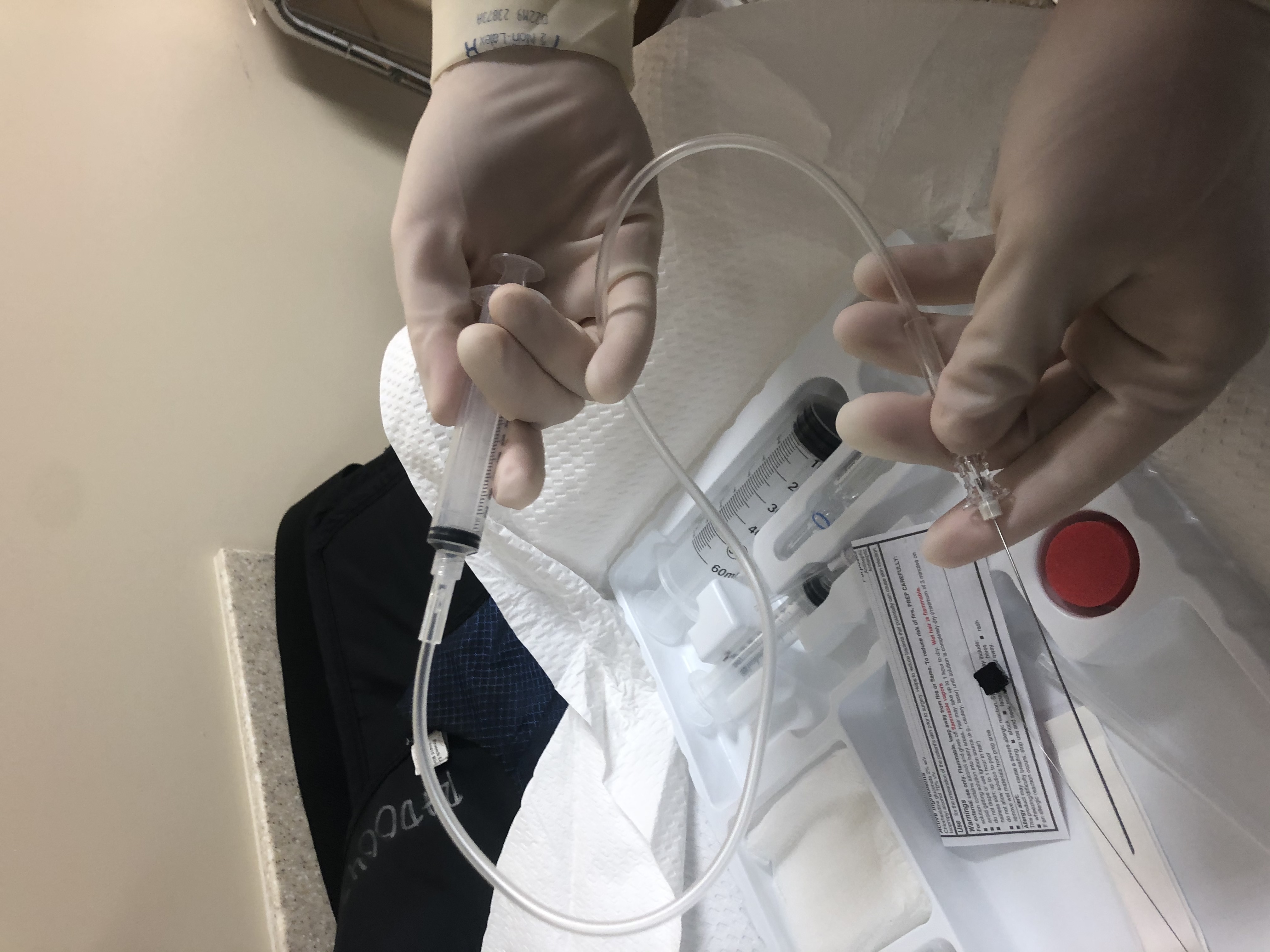[1]
van der Windt DA, Koes BW, de Jong BA, Bouter LM. Shoulder disorders in general practice: incidence, patient characteristics, and management. Annals of the rheumatic diseases. 1995 Dec:54(12):959-64
[PubMed PMID: 8546527]
[2]
Luime JJ, Koes BW, Hendriksen IJ, Burdorf A, Verhagen AP, Miedema HS, Verhaar JA. Prevalence and incidence of shoulder pain in the general population; a systematic review. Scandinavian journal of rheumatology. 2004:33(2):73-81
[PubMed PMID: 15163107]
Level 1 (high-level) evidence
[3]
Mitchell C, Adebajo A, Hay E, Carr A. Shoulder pain: diagnosis and management in primary care. BMJ (Clinical research ed.). 2005 Nov 12:331(7525):1124-8
[PubMed PMID: 16282408]
[4]
Carette S, Moffet H, Tardif J, Bessette L, Morin F, Frémont P, Bykerk V, Thorne C, Bell M, Bensen W, Blanchette C. Intraarticular corticosteroids, supervised physiotherapy, or a combination of the two in the treatment of adhesive capsulitis of the shoulder: a placebo-controlled trial. Arthritis and rheumatism. 2003 Mar:48(3):829-38
[PubMed PMID: 12632439]
[5]
Ryans I, Montgomery A, Galway R, Kernohan WG, McKane R. A randomized controlled trial of intra-articular triamcinolone and/or physiotherapy in shoulder capsulitis. Rheumatology (Oxford, England). 2005 Apr:44(4):529-35
[PubMed PMID: 15657070]
Level 1 (high-level) evidence
[6]
Koh KH. Corticosteroid injection for adhesive capsulitis in primary care: a systematic review of randomised clinical trials. Singapore medical journal. 2016 Dec:57(12):646-657. doi: 10.11622/smedj.2016146. Epub 2016 Aug 29
[PubMed PMID: 27570870]
Level 1 (high-level) evidence
[7]
Miniato MA, Anand P, Varacallo M. Anatomy, Shoulder and Upper Limb, Shoulder. StatPearls. 2023 Jan:():
[PubMed PMID: 30725618]
[8]
Chang LR, Anand P, Varacallo M. Anatomy, Shoulder and Upper Limb, Glenohumeral Joint. StatPearls. 2023 Jan:():
[PubMed PMID: 30725703]
[9]
Hyland S, Charlick M, Varacallo M. Anatomy, Shoulder and Upper Limb, Clavicle. StatPearls. 2023 Jan:():
[PubMed PMID: 30252246]
[10]
Menge TJ, Boykin RE, Bushnell BD, Byram IR. Acromioclavicular osteoarthritis: a common cause of shoulder pain. Southern medical journal. 2014 May:107(5):324-9. doi: 10.1097/SMJ.0000000000000101. Epub
[PubMed PMID: 24937735]
[11]
van den Dolder PA, Ferreira PH, Refshauge KM. Effectiveness of soft tissue massage and exercise for the treatment of non-specific shoulder pain: a systematic review with meta-analysis. British journal of sports medicine. 2014 Aug:48(16):1216-26. doi: 10.1136/bjsports-2011-090553. Epub 2012 Jul 26
[PubMed PMID: 22844035]
Level 1 (high-level) evidence
[12]
Zheng XQ, Li K, Wei YD, Tie HT, Yi XY, Huang W. Nonsteroidal anti-inflammatory drugs versus corticosteroid for treatment of shoulder pain: a systematic review and meta-analysis. Archives of physical medicine and rehabilitation. 2014 Oct:95(10):1824-31. doi: 10.1016/j.apmr.2014.04.024. Epub 2014 May 16
[PubMed PMID: 24841629]
Level 1 (high-level) evidence
[13]
Sun Y, Chen J, Li H, Jiang J, Chen S. Steroid Injection and Nonsteroidal Anti-inflammatory Agents for Shoulder Pain: A PRISMA Systematic Review and Meta-Analysis of Randomized Controlled Trials. Medicine. 2015 Dec:94(50):e2216. doi: 10.1097/MD.0000000000002216. Epub
[PubMed PMID: 26683932]
Level 1 (high-level) evidence
[14]
Schultheis A, Reichwein F, Nebelung W. [Frozen shoulder syndrome]. MMW Fortschritte der Medizin. 2009 Jul 23:151(30-33):36-7
[PubMed PMID: 19722459]
[15]
Schultheis A, Reichwein F, Nebelung W. [Frozen shoulder. Diagnosis and therapy]. Der Orthopade. 2008 Nov:37(11):1065-6, 1068-72. doi: 10.1007/s00132-008-1305-6. Epub
[PubMed PMID: 18825364]

